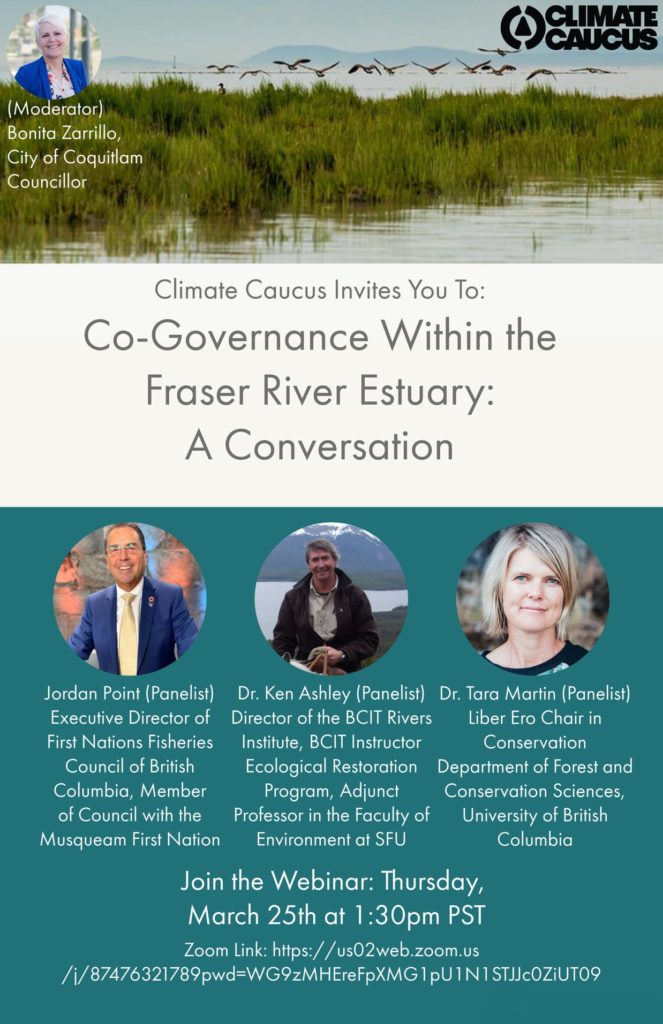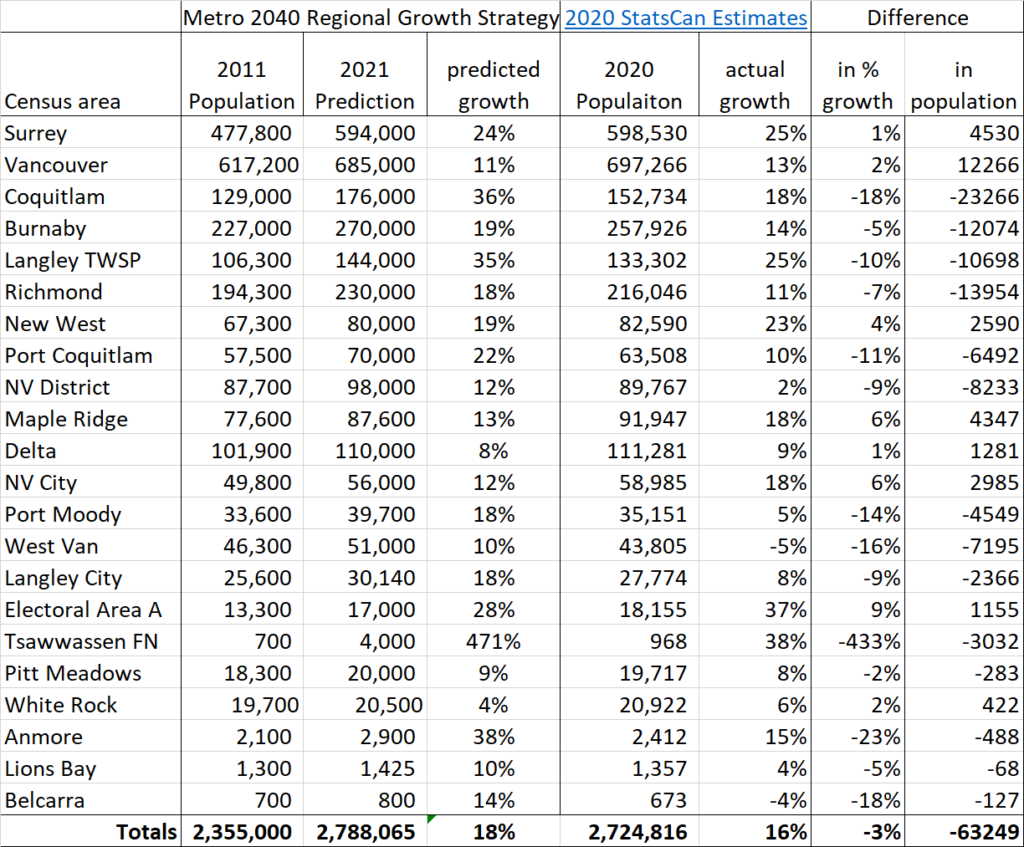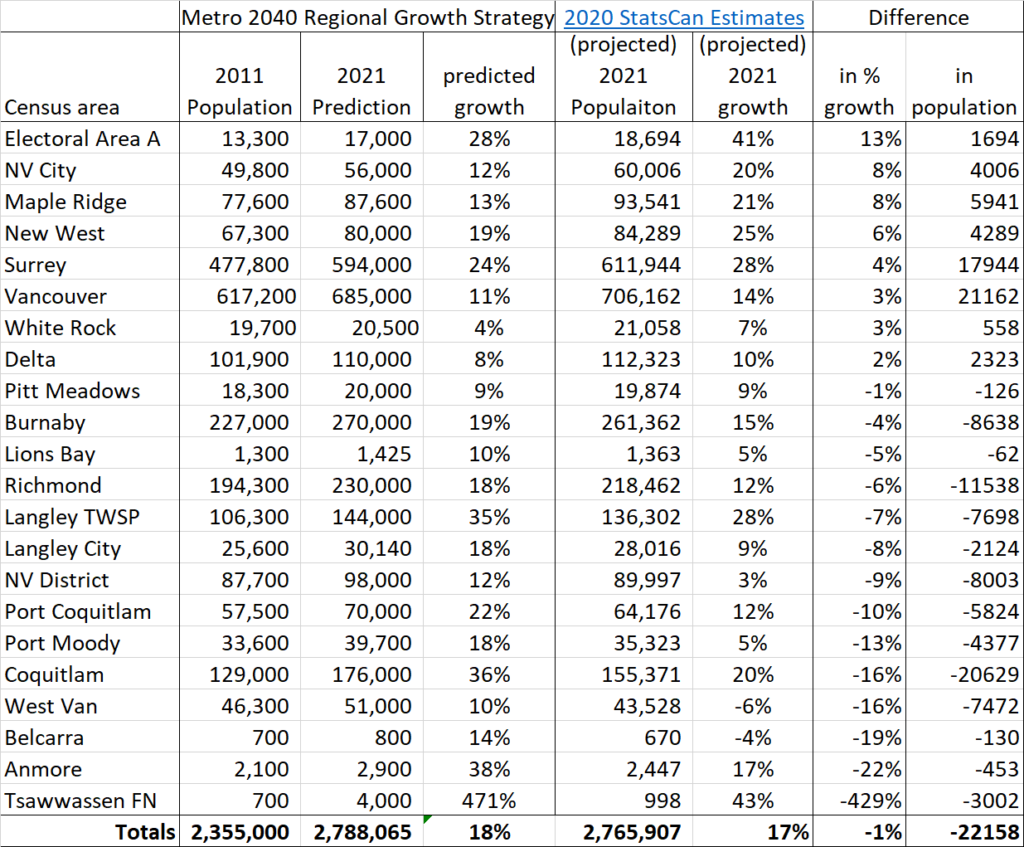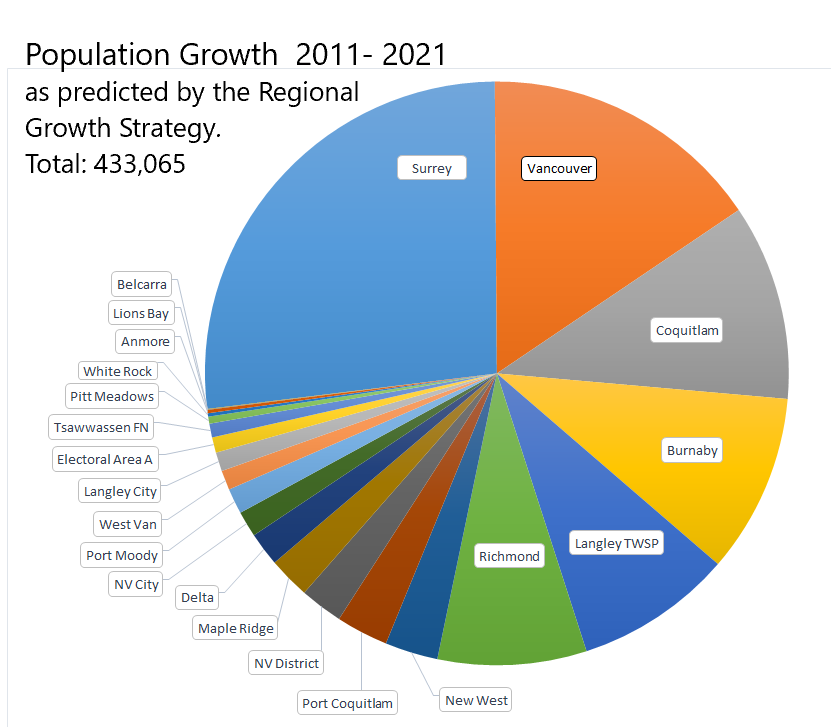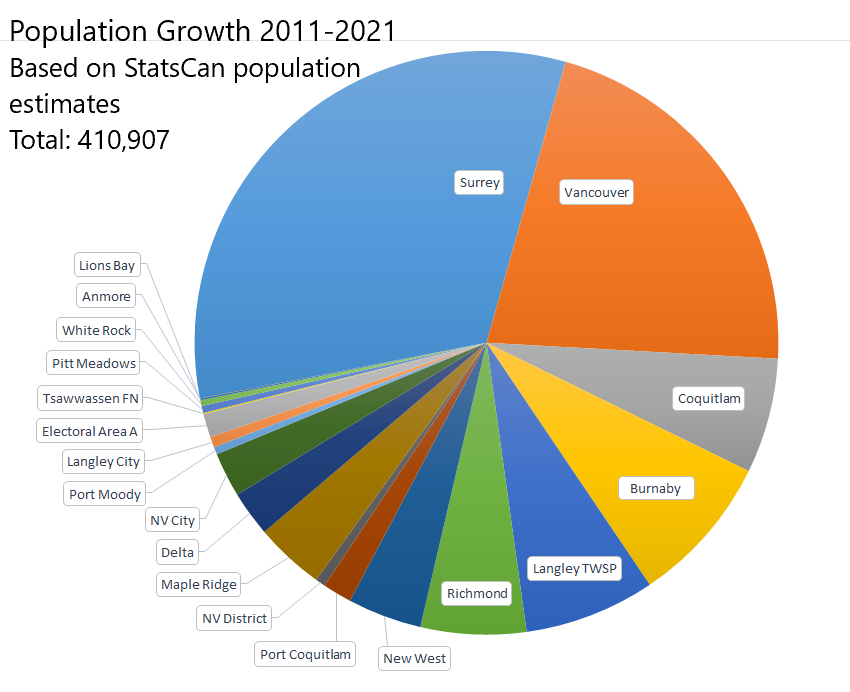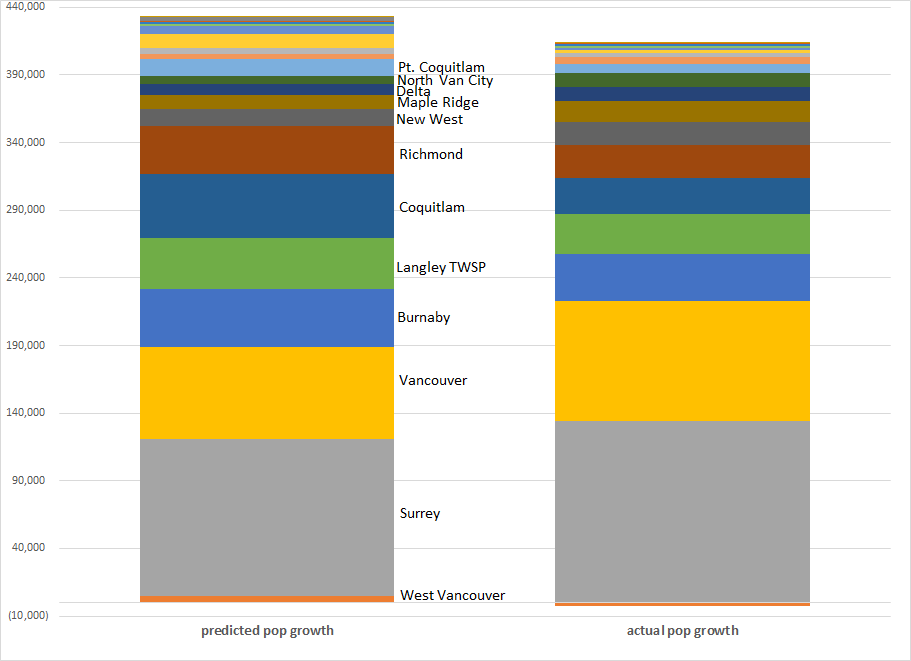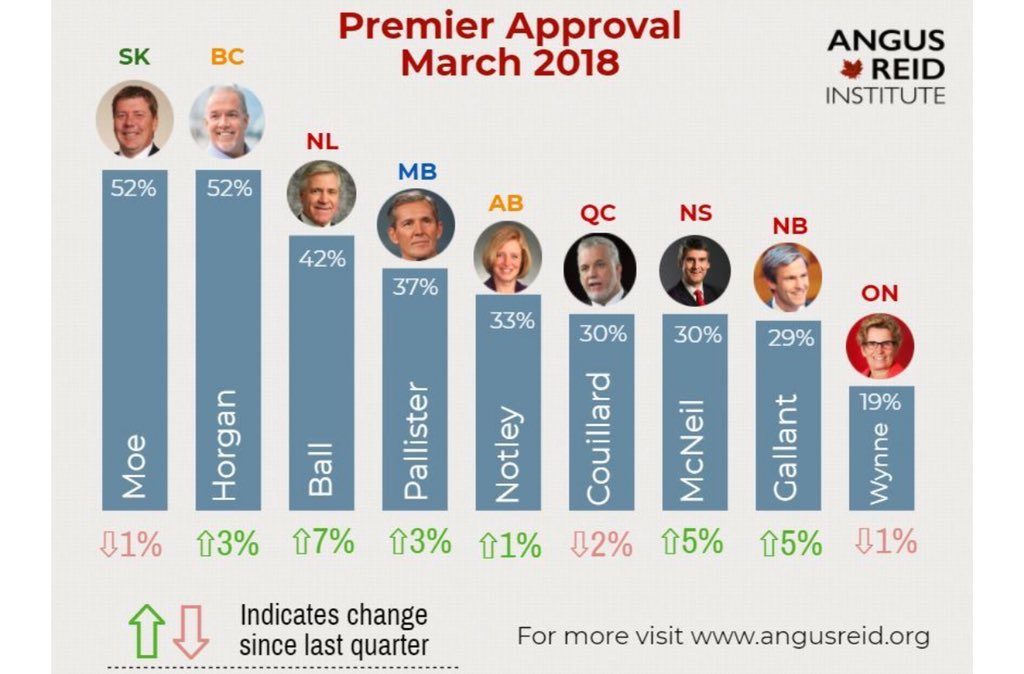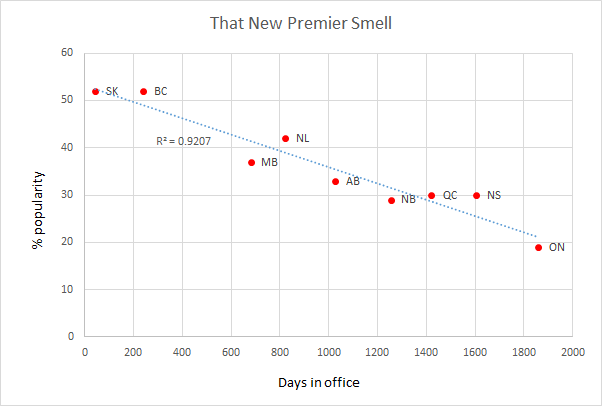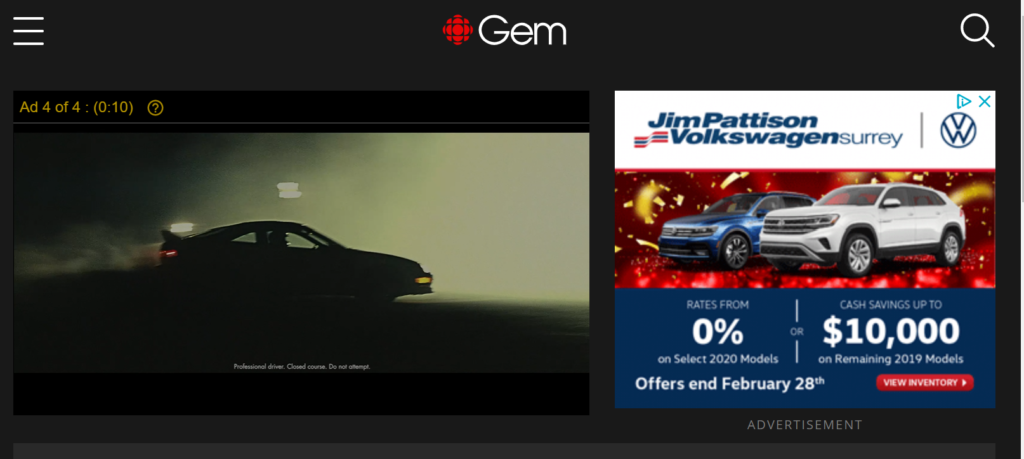Almost a year after our last full meeting of City Council before the Pandemic shut us down, we seem to have this virtual meeting things sussed. We even had smooth public delegation, though it just doesn’t carry the weight of having people in the room. In the meantime, we had a full agenda, starting with two Development Variance Permits:
DVP00674 for 34 South Dyke Road
There is a 16-unit townhouse project on an empty lot in Queensborough that was given rezoning approval last year. Unfortunately, in spite of the project having tandem-style parking, there was an error and the rezoning failed to include that in the language, so we now need to do a DVP now to correct that. We gave notice a month ago, and received two pieces of correspondence from a neighbor asking about unrelated aspects of the already-approved development. Council voted to approve the DVP.
DVP00683 for 805 Boyd Street (Walmart)
Walmart in Queensborough wants to put some directional signage up on their building that is not aligned with the sign bylaw, which requires a variance. We gave notice last month, no-one wrote us any correspondence about this, and Council voted to approve the DVP.
We then had a Report for Action:
Police Reform Framework – Input from the Reconciliation, Inclusion and Engagement Task Force
The provincial government is looking into updating and/or reforming the Police Act, and New West wants to take part in this. We have a Reconciliation, Inclusion and Engagement Task Force that is digging deeper into this, but they wanted to bring this part of the discussion to the larger Council.
There is a whole lot going on here, and I can’t possibly summarize here. The provincial Special Committee is looking at not just the Police Act, but also the Mental Health Act, the way the RCMP work in the province, and how all of the above relate to UNDRIP. Alas, the “key drivers” for this deep dive into police operations do not directly include addressing systemic racism in policing, but instead dances somewhat around the edge of that. Perhaps more concerning, the UBCM advocacy paper submitted seems directed towards various ways to increase policing spending (though asking for the Province to contribute more to that funding, of course). Read the room, dudes.
There is more coming here, but in the short term, we are going to strike a small working group including members of Council, staff, and likely a few key community stakeholders to provide feedback to the Province on the tight timelines.
We moved the following items On Consent:
Local Government Election Candidates: Access to Multifamily Dwellings during the Campaign Period
Door-knocking has always been an important part of electioneering in New Westminster, and a part of the campaign I really enjoy. A few of my council colleagues and I have even (before COVID, of course) gone door-knocking outside of election period to get the pulse of neighbourhoods on specific issues. But more than half of New West residents live in apartments, and door-knocking in apartments is difficult. There are federal and provincial law that say stratas and building managers cannot restrict access to campaigners who want to knock on apartment doors in multi-family buildings for elections at that level. For local elections, the Residential Tenancy Act gives renters the same access, but the Strata Act does not. As a result, people who live in single family homes get better access at elections than those who live in multi-family.
The City is proposing some steps to improve this access in time for the 2022 election, and are going to take a resolution to the Lower Mainland LGA and UBCM asking that Local Election candidates have the same right to access as Federal and Provincial candidates to strata properties.
City Consistency with Ministerial Order No. M192/2020 and the Provincial Health Officer Gatherings and Events Order
This is an update on the process for Council and Public Hearing meetings as the Pandemic and resultant Provincial State of Emergency is ongoing. Nothing particularly new here, just an update to clarify the legal orders under which we have been operating and an endorsement to continue in this mode until we are confident the public health emergency is over. A year, in folks…
733 Thirteenth Street: Rezoning Application for Child Care – Preliminary Report
A childcare operator in the West End wants to move their operations to a house around the corner. This requires a rezoning of the current large single family house on the lot and minor changes to the building. This is a preliminary report that will go to public consultation.
759 Carnarvon Street (The Metro): Zoning Amendment Bylaw to Allow a Liquor Primary Licensed Establishment – Bylaw for First and Second Readings
A downtown events hall wants to formalize their Liquor License situation with a stand alone liquor primary instead of the special events licenses they have relied on for more than a decade of operation. This will require (by Provincial Law) a Zoning Amendment, and we will take that to Public Hearing, likely on March 22. Call us up and let us know what you think!
221 Townsend Place: Heritage Revitalization Agreement Bylaw for First and Second Readings
The owner of a house in Queens Park wants to restore and preserve at 1907 house permanently in exchange for a subdivision and building an infill house on their side yard. This will go to a Public Hearing, not yet scheduled, so let us know if you have feedback.
Regional Growth Strategy Amendment: Metro 2050
Metro Vancouver is working on an update to the Regional Growth Strategy, currently called Metro 2040. As a signatory Municipality, we are required by law to have a Context Statement in our OCP that addresses the regional plan, but have until 2023 to make that change (though I suspect out current context statement will still fit pretty well). This report is just for information on the process Metro is undergoing. There is a lot of emphasis on industrial land agricultural land protection more than major changes in housing policy, some increased emphasis on ecosystem services and social equity, and though there isn’t a specific emphasis on it, Climate Action is a thread running through the rest of the document. Good reading here if you want to know about the future of the region.
Single-Use Item Regional Regulation Resolution for UBCM
The Province has given local governments some increased authority to introduce ban on the sale or use of single-use plastic items in an effort to reduce plastic waste and burdening our solid waste systems with a complex mix of hard-to-recycle materials. In a previous discussion, Council asked that this authority be given to regional governments, as having a Metro Vancouver region with 21 different sets of regulations is a ridiculous approach for consumers, businesses, and suppliers. Staff have drafted a resolution that we will take to the UBCM conference to reflect that request.
Canada Healthy Communities Initiative Grant Application Approval
We are applying for a Federal Government grant to help pay for an outdoor seating intuitive in the City. I’m all for it!
819 Milton Street: Rezoning Application for a Duplex – Preliminary Report
The owner of a largish lot in the Brow of the hill with an older house on it wants to replace that house with a pretty funky looking duplex that is “suite ready”. This requires a rezoning, and will have some public consultation coming, and there may or may not be a Public Hearing (this one might get waived). If you have opinions, let us know!
723 Fourth Street: Demolition and Temporary Protection Order
The owner of this house in Glenbrooke North wants to knock it down and replace it. There is no other application, so I presume they are planning to replace with a new single family detached, but it is only coming to council because the existing house is more than 100 years old, and our policy is to circulate the application to committees and council and the applicant if they really, really, want to demolish it before we give them a permit. Council moved to allow them to have a permit.
The following items were Removed from Consent for discussion:
Naming of City Asset in Commemoration of the Komagata Maru
There has been some interest locally and regionally in commemorating the Komagata Maru incident. We had a request a year ago to consider the New Westminster context, and our Museums and Heritage staff doing some research into both the locals in the South Asian community who supported the passengers of the Komagata Maru, and local elected people of the time who took actions to support those who would prevent the passengers from having safe harbor here in British Columbia. There was even a special community meeting in New Westminster, led by Mayor and Council, asking for the “total exclusion of Asiatics from this country”.
One request from the local South Asian community has been to find a City asset that could appropriately be re-named in commemoration of the Komagata Maru, with the Facilities, Infrastructure and Public Realm Task Force recommending something on the Q’boro water front, but also on the “mainland”. Staff have suggested the QtoQ dock infrastructure and the adjacent walkway (we have taken to calling “the dock and walk”) on the Queensborough waterfront, as it could be seen a symbolic to the action to prevent the passengers from being able to dock and walk on Canadian soil, is appropriately located, and also provides an opportunity for interpretive signage. ( I note with some irony that the MV Sun Sea was docked across Annacis Channel there for a decade)
In light of the research our staff uncovered, and recognizing the harmful impact that the actions and words of the 1914 City Council had on so many residents of our community, Council also moved that we draft a formal apology to the community, families, and descendants of those impacted negatively by those actions and words.
Proposed Retail Strategy Workplan
Our Economic Development staff are working on a strategy to guide the City to better supporting local-serving retail at a time of rapid transition in how people shop. This work will occur over 2021, with a report back to Council in early 2022.
COVID-19 Pandemic Response – Update and Progress from the Five Task Forces
Our regular update from the Pandemic Response Task forces, including work to support vulnerable and at risk people, where we recently introduced some hygiene services to make it easier for under-sheltered people to have a shower, do laundry, and get basic hygiene supplies through the Reaching Home Program. We also had a bit of a longer discussion on efforts to increase the amount of emergency shelter space in the city.
108 – 118 Royal Avenue and 74 – 82 First Street: Heritage Revitalization Agreement and Special Development Permit Applications – Preliminary Report
This project would see some older houses on the south side of Royal Avenue replaced with a 6-story strata apartment building, with the preservation of two heritage homes on the site. Although I had a few technical questions about the process, this is a preliminary application that would see a Public Hearing before approval, so I will hold my comments until then.
40 Begbie Street (Lower Mainland Purpose Society): Temporary Use Permit for a Health Contact Centre (Overdose Prevention Site) – Notice of Issuance
Purpose Society and Fraser Health are proposing a Health Contact Centre in this property downtown, where Purpose has been operating various services for several years. This will include various overdose prevention services (observed consumption, drug testing, harm reduction supplies, and access to peer counseling, education and referral to treatment services). The City is considering a Temporary Use Permit as opposed to full rezoning to accommodate this for a three-year trial period.
There has been some community engagement on this proposal, including with the Residents Association and downtown businesses. We will consider the TUP at out March 29th meeting, if you have questions concerns or feedback, provide it before then!
We then adopted the following Bylaws:
Heritage Revitalization Agreement (404 Second Street) Bylaw No. 8235, 2020 and
Heritage Designation Bylaw (404 Second Street) No. 8236, 2020
These two bylaws that support the renovation and preservation the butcher shop in Queens Park were Adopted by Council.
Zoning Amendment Bylaw (837 – 841 Twelfth Street) No. 8139, 2019
This Bylaw that permits the construction of a 5-story 29-unit apartment building on an empty lot at 12th and Dublin which was given a Public Hearing back in October of 2019(!) is now ready to be adopted by Council.
Finally, we had these resolutions as New Business, and it being a long agenda, I will only report the motions and let you write the authors or watch the council video if you want to understand more about these issues:
Motion: Support for Farmers in India Councillor Puchmayr
THEREFORE BE IT RESOLVED THAT the New Westminster City Council stands with the Indian farmers, and asks the federal government to continue to speak out against these regressive laws, and to accelerate the message of concern to the Indian government up to and including imposing economic sanctions against India.
Motion: Poisoned Drug Supply Crisis Councillors McEvoy and Nakagawa
THEREFORE BE IT RESOLVED THAT the City of New Westminster calls upon the Government of Canada to declare the overdose crisis a national public health emergency so that it is taken seriously and funded appropriately as well as to immediately seek input from the people most affected by this crisis and meet with provinces and territories to develop a comprehensive, pan-Canadian overdose action plan, which includes comprehensive supports and full consideration of reforms that other countries have used to significantly reduce drug-related fatalities and stigma, such as legal regulation of illicit drugs to ensure safe supply of pharmaceutical alternatives to toxic street drugs, and decriminalization for personal use.
Motion: Lifting Restrictions on Farmers Market Vendors Councillor Johnstone
THEREFORE BE IT RESOLVED that Mayor and Council write to the Minister of Health and Public Health Officer requesting that the arbitrary restriction of non-food vendors at Farmers Markets be lifted in time for the 2021 summer Farmers Market season, and that the Minister of Agriculture, Food and Fisheries, the Minister of Jobs, Economic Recovery and Innovation, and the MLA for New Westminster receive copies of that correspondence.
Motion: Support for Laid-off Hotel and Tourism Industry Workers Councillor Nakagawa
THEREFORE, BE IT RESOLVED THAT the City of New Westminster affirms that people should not lose their livelihoods due to the pandemic; and
THAT the City of New Westminster write to the Ministers of Labour and Tourism expressing our support for the right for laid off workers to return to their jobs when the pandemic eases; and
THAT this letter be forwarded to all BC municipalities asking to write their support; and
THAT the City of New Westminster writes to the Lower Mainland Local Government Association and Union of BC Municipalities encouraging them to host future conferences and events in venues that respect worker rights and pay at least a living wage.
